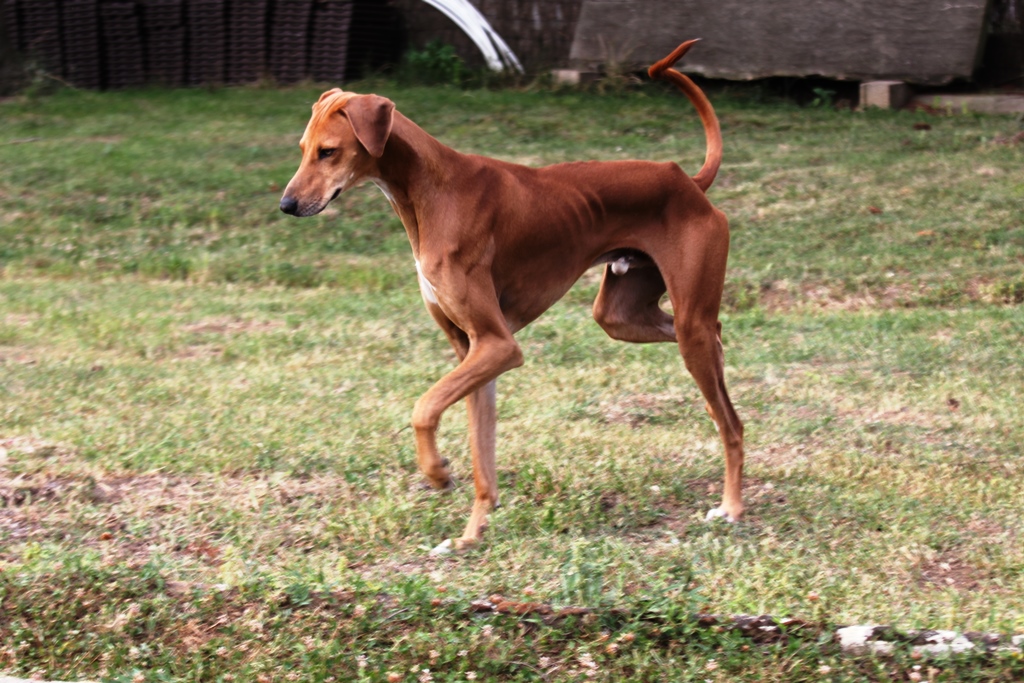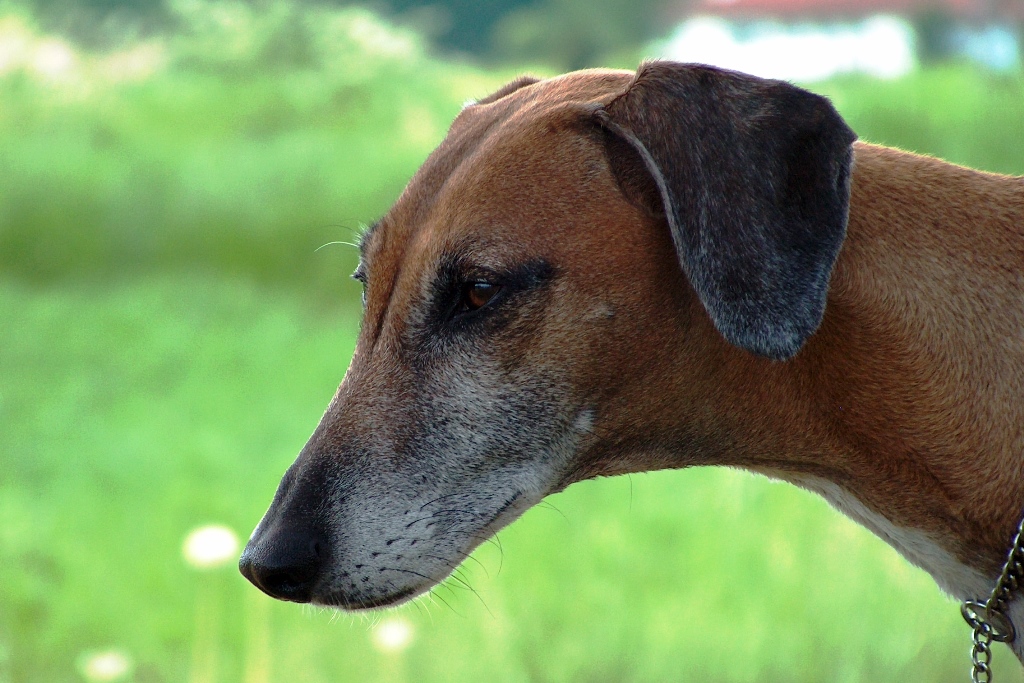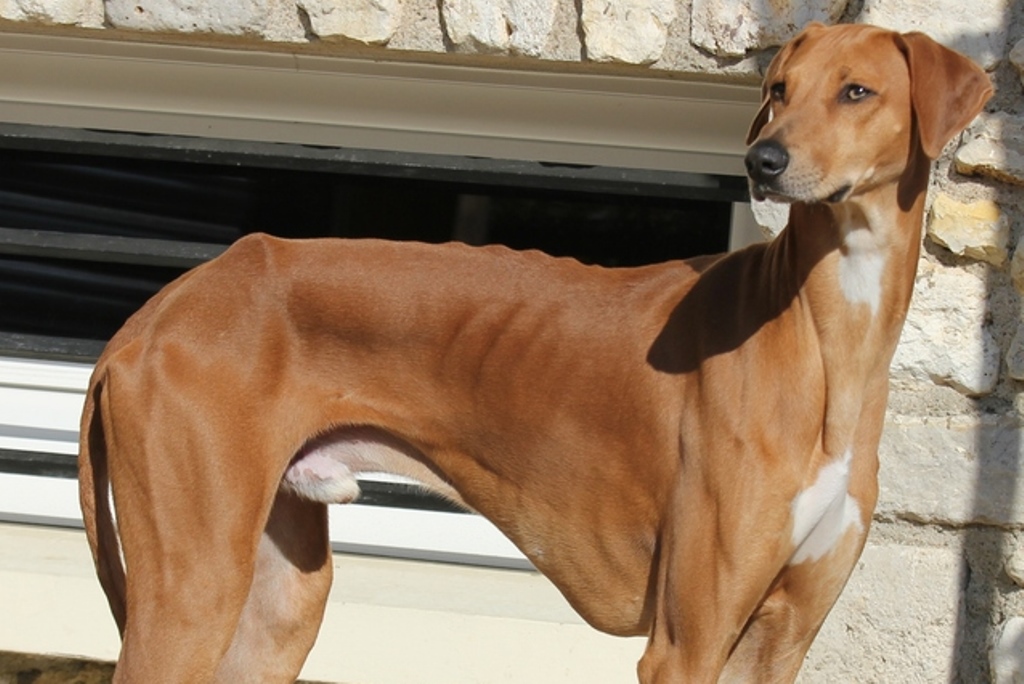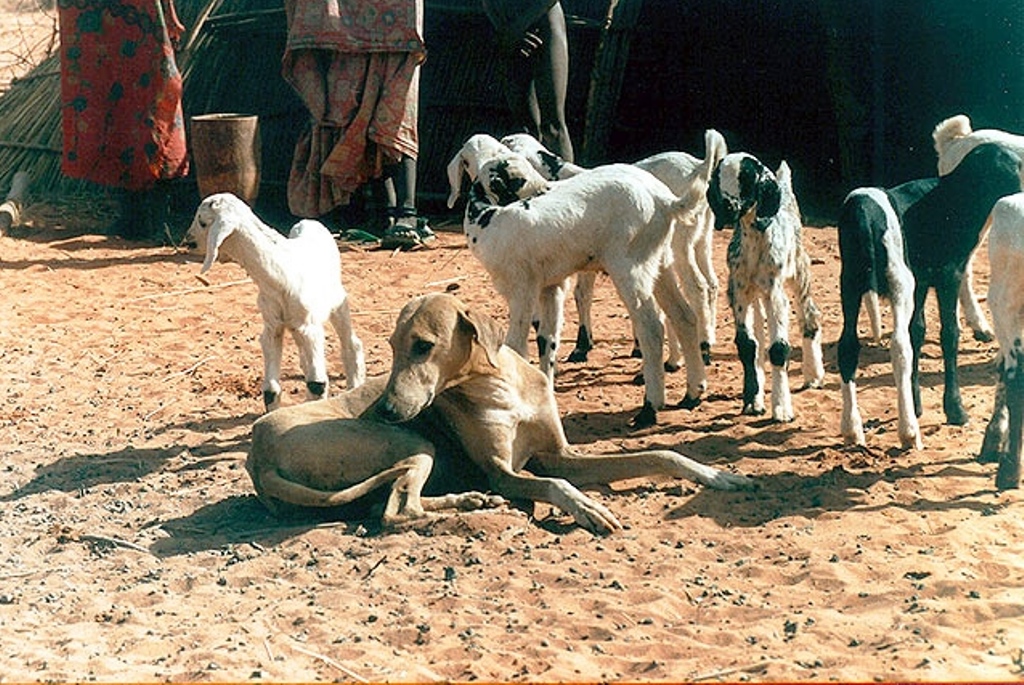
The Elegant Traits of the Azawakh Dog Breed
The azawakh dog breed belongs to the greyhound group. It is native to Africa, somewhere between Niger, Mali and Burkina Faso, specifically in the azawakh valley from which it takes its name, but until 1970 no one had ever heard of it. This dog is the dog of the Tuareg, who call it oska. It is a very ancient breed and is also known as the African greyhound.
For the Tuaregs, who have had it as a companion for centuries, it has lent itself both to the task of guard dog and hunting dog, especially of hares and gazelles thanks to its speed, but today it is also appreciated for its elegant beauty.
The first matings outside Africa were made in France and date back to the 1970s; it is in fact in France that the largest number of European specimens can be found. Unfortunately, it is still a very rare dog and very little known.
Character of the azawakh dog breed

The azawakh is a very active dog, lively and always on the move. Accustomed for centuries to following the desert nomads, in their movements and hunting, it would certainly not be a flat dog, but it can adapt because it loves comfort, maybe even relaxing on the couch, but still remains attentive to everything going on around it. Like every greyhound he needs daily exercise, possibly even a couple of times.
It is not an easy dog to train, it has a reputation for being very difficult. He has a very independent and autonomous character. Its training is difficult because it does not want to be forced to do things it does not want to do. We must bear in mind that we are dealing with a very sensitive dog, with a very strong character, so we must set up an education that is neither imposing nor punitive, trying to favour its sensitivity and its truly prodigious memory.
Education is essential to manage such a dog, and must be done immediately, in the first months of life. Socialisation with both people and animals must also be very early. With strangers he would in fact be almost aggressive if not socialised, and also with other dogs, especially of the same sex.
Once, however, you manage to win his trust, you will discover a sweet and affectionate dog that is very attached to his owner and his family. to whom he will become indissolubly attached.
Appearance of the azawakh dog breed

The azawakh is a medium-sized dog, its height at withers for males varies from 64 to 74 centimetres and weighs around 22 kilograms, the female usually a little less. Its weight is rather low, compared to other more massive dogs of the same height.
He is particularly tall on the limbs and is very elegant, the general impression is one of great fineness, but his strength is clearly visible thanks to the musculature highlighted by the fine tissues. He is long but powerful and his body fits into a rectangle with the longest side vertical.
The limbs are long, muscular and fine, the lumbar region is arched, short and dry, the ribs generally appear in full length even to the naked eye. The tail is drooping, in relation to the body junction, with the end slightly raised.
Its gait is one of the breed's merits and is characterised by great lightness and elasticity.
The head of the azawakh is elongated and fine, and narrows into a straight, sharp muzzle with a black or brown truffle. The skull is almost flat and rather elongated. The ears are set high up, but always drooping and flat, triangular-shaped with a slightly rounded tip. The eyes are almond-shaped, dark or amber in colour, very large.
The coat is sparse, fine and thin. Some specimens do not have the hair covering on the belly, in which case the skin is clearly visible. The breed colours are fawn with white spots, light sandy shades or reddish tiger stripes. They have almost no undercoat and hardly shed any fur.
Care and health of the azawakh dog breed

The azawakh dog breed is a very robust and strong breed and has no particular diseases to which it is particularly prone, but like other greyhounds, it is sensitive to certain medications and to anaesthetics and sedatives. Some health problems may be hyperthyroidism, epilepsy, and heart problems, but these do not result in high numbers. These dogs have a life expectancy of 12 to 14 years.
The care of the coat is very simple, in fact a brush once a week is enough to keep it in good condition.
As far as nutrition is concerned, attention must be paid to the dosage, as these are robust dogs that must, however, remain agile and slim in appearance, therefore in addition to exercise, which must be daily, a balanced and dosed diet.






















